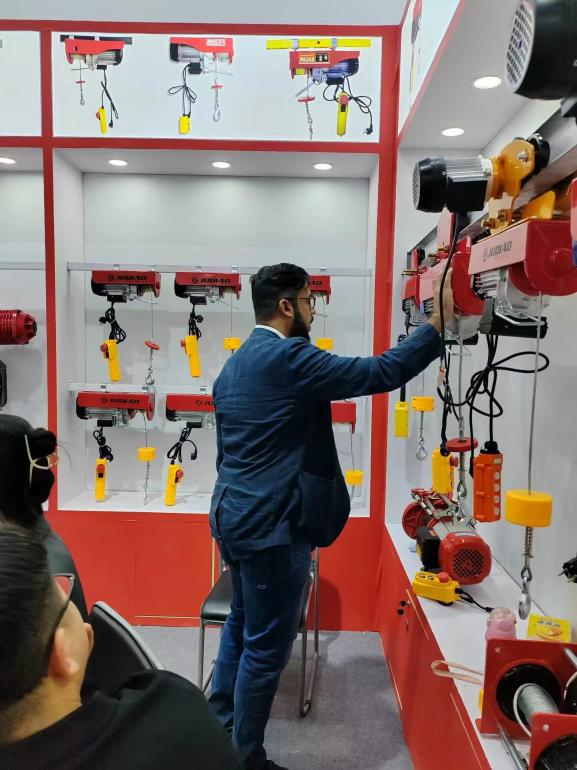


The Mechanics of Chain Blocks and Lever Blocks Understanding Their Functions and Uses
In the world of mechanical systems and lifting equipment, chain blocks and lever blocks stand out as vital tools facilitating heavy lifting and load management. Understanding the mechanics behind these devices, their design, and their application can empower users to make informed decisions when selecting lifting solutions for diverse industrial tasks.
Chain Blocks An Overview
A chain block, also known as a manual chain hoist, is a type of block and tackle used to lift heavy loads. Its operation relies on a chain mechanism, which provides mechanical advantage by distributing the weight of the load. A typical chain block features a hand-operated chain that wraps around a drum attached to a lifting hook. As the user pulls on the chain, the drum rotates, lifting the load attached to the hook.
One of the primary advantages of chain blocks is their ability to lift heavy items with minimal human effort. By utilizing the principle of leverage, chain blocks can lift several tons with the pull of a chain. The gearing mechanism inside the block multiplies the force applied by the user, allowing for efficient lifting even in challenging environments.
Lever Blocks A Closer Look
In contrast to chain blocks, lever blocks—also known as lever hoists—employ a different mechanism for lifting. Lever blocks function similarly to chain blocks, but instead of pulling a chain to lift the load, the user operates a lever. The lever is attached to a ratchet and pawl system, which engages the lifting mechanism as the lever is pumped.
The design of lever blocks allows for greater control over lifting and lowering loads. This mechanism is particularly advantageous in situations requiring precise positioning of items. Lever blocks can be operated in tighter spaces than chain blocks, making them ideal for applications in construction, warehouses, and assembly lines.
Key Applications
Both chain blocks and lever blocks have extensive applications across various industries. In construction sites, they are indispensable for raising heavy materials like steel beams and concrete panels. In warehouses, they facilitate the lifting of pallets and goods for efficient storage and transportation. Lever blocks, in particular, excel in applications involving quick adjustments and controlled lowering of loads.

Furthermore, industries such as manufacturing, shipping, and automotive repair utilize these lifting devices for assembly operations, maintenance tasks, and loading/unloading processes. Their versatility makes them essential tools for logistics and various operational workflows.
Safety Considerations
Safety is paramount when using lifting equipment like chain blocks and lever blocks. Users must be well-versed in the operating guidelines to prevent accidents and ensure efficient operation. Here are some key safety considerations
1. Load Capacity Always check the load capacity of the block to ensure it is suitable for the task. Exceeding the weight limit can lead to equipment failure and potential injury.
2. Inspection Regularly inspect the blocks for wear and tear, particularly the chain and hooks. Any signs of damage should prompt immediate maintenance or replacement.
3. Proper Use Train personnel in the correct use of the equipment. Improper handling can lead to accidents, so understanding the mechanics and appropriate techniques is vital.
4. Environment Ensure the workplace is free of hazards that could interfere with the lifting process, such as uneven surfaces or overhead obstructions.
Conclusion
In summary, chain blocks and lever blocks are critical components in the realm of heavy lifting and material handling. Their unique designs, which leverage mechanical advantage, enable users to lift substantial loads with ease and precision. By understanding their functioning, applications, and safety protocols, operators can maximize efficiency while minimizing risks in their lifting operations. As industries continue to evolve, the importance of these tools remains steadfast, demonstrating their enduring relevance in modern mechanical applications.



